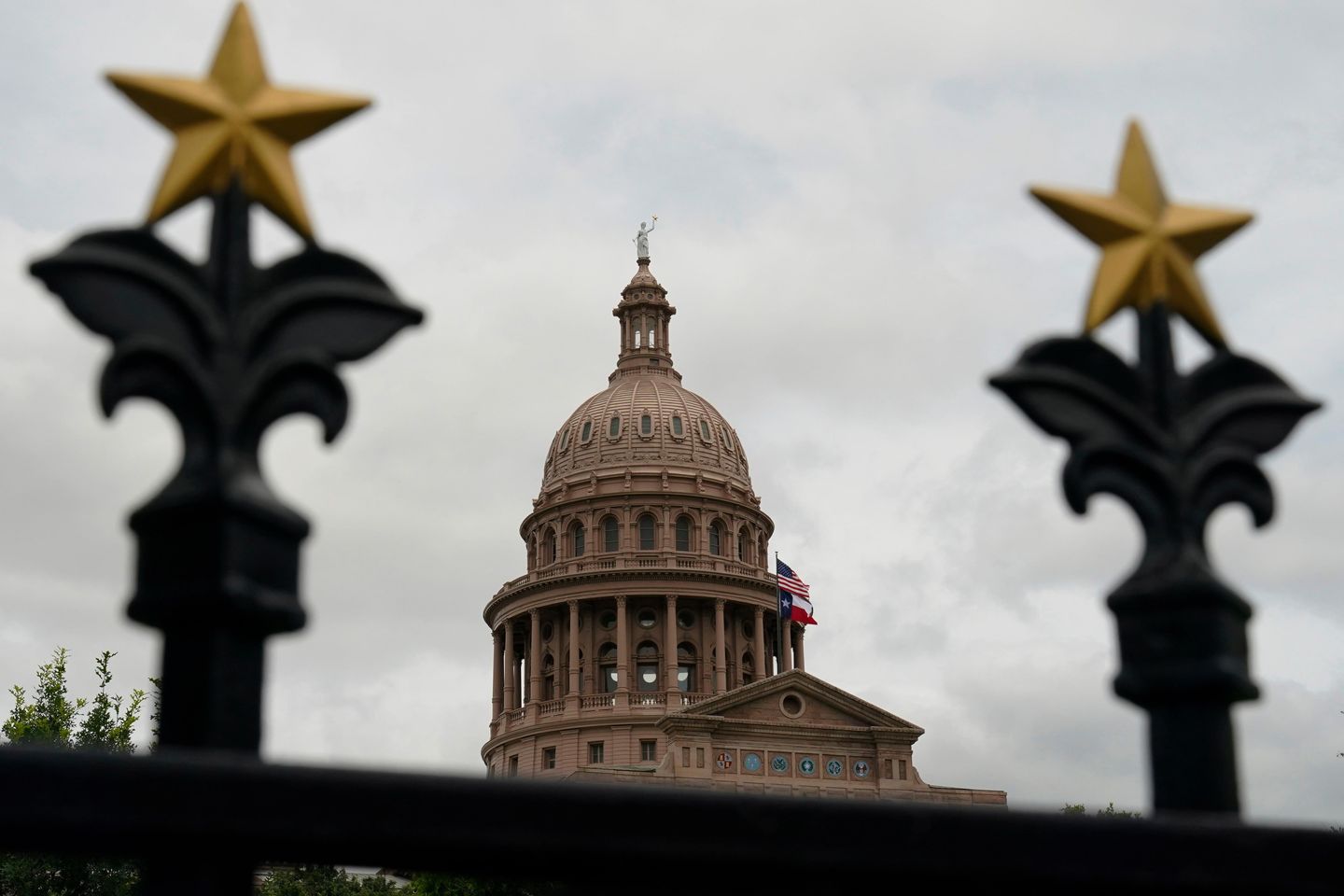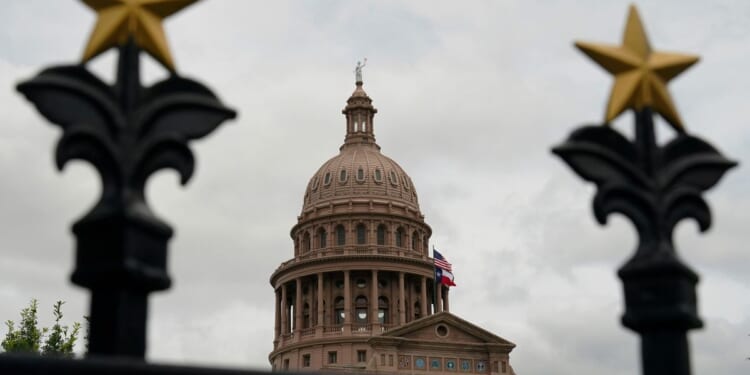
Texas dropped a major new voting-rights issue on the Supreme Court’s doorstep Friday with an emergency request asking the justices to let the state use its new GOP-friendly map in the 2026 congressional elections.
Attorney General Ken Paxton said the map was enacted to help Republicans and wasn’t the racial gerrymander that a lower court had ruled.
“Radical left-wing activists are abusing the judicial system to derail the Republican agenda and steal the U.S. House for Democrats. I am fighting to stop this blatant attempt to upend our political system,” he said.
He said the accusations of racism were “baseless” and were being made by Democrats “because they are losing.”
A three-judge panel in Texas ruled against the map earlier this week. In a 2-1 decision, the court said Texas acted out of racial motivations when it moved to erase several majority-minority districts and replace them with more Republican-leaning lines.
The lower court ordered Texas to use the old map in 2026.
A scathing dissent by Circuit Judge Jerry Smith called that ruling “the most blatant exercise of judicial activism that I have ever witnessed.”
Justice Samuel A. Alito Jr. quickly put a hold on the lower court decision Friday night.
That means the state’s new map is once again in effect while the case develops further.
Mr. Paxton offered several reasons to the high court for why Texas should be allowed to keep its new map, including, including citing the justices’ Purcell Principle, which cautions against election changes close to voting.
Mr. Paxton repeatedly cited Judge Smith’s dissent as a road map for the justices to rule in Texas’ favor.
Texas redrew its maps in response to a prod from President Trump, who asked for reinforcements for the GOP’s slim House majority, and to a note from the Justice Department, which said some of the minority-heavy districts in Texas’ current map may no longer be constitutionally valid.
Gov. Greg Abbott, a Republican who instructed his legislature to do the rare mid-decade redistricting, has said the goal was political gain, not to punish minorities.
Texas set off a round of retaliation and re-retaliation.
California Democrats orchestrated passage of a map in that state that could erase five GOP seats, mooting out the Texas gains.
Missouri and North Carolina have adopted more GOP-friendly maps, but Virginia is moving to embrace a more Democrat-friendly map.
If the Supreme Court allows the Texas court ruling to stand, preventing the new map there, the redistricting war would likely be won by Democrats.
The justices gave Texas’s opponents until Monday to respond.
The case raises major questions about the Voting Rights Act of 1965, an iconic law that, thanks to Supreme Court precedent, has been seen as prodding states to draw legislative districts that maximize Black and Hispanic voter power.
In recent years conservatives have argued that is in tension with the Constitution’s Equal Protection Clause.
The Supreme Court has already heard oral argument this term on a case that broaches that issue.
Texas’s request to allow its maps could tip the court’s hand on the issue.
Still, Mr. Paxton offered easier reasons for the justices to allow the state to use its new map without having to decide the big Voting Rights Act issues.
In the original decision on Tuesday, Judge Jeffrey Brown, a Trump appointee, said Texas had no cause to undo the majority-minority districts it had adopted as recently as 2021.
“By all current appearances, there was no past discrimination in favor of minority coalitions for the state to remedy — and, therefore, no ‘strong basis in evidence’ to support the state’s purposeful and predominant consideration of race in the 2025 redistricting process,” the judge wrote in a 160-page opinion.
Judge Smith was vicious in his denunciation of that ruling.
“The main winners from Judge Brown’s opinion are George Soros and [California Gov.] Gavin Newsom. The obvious losers are the People of Texas and the Rule of Law,” Judge Smith wrote.











